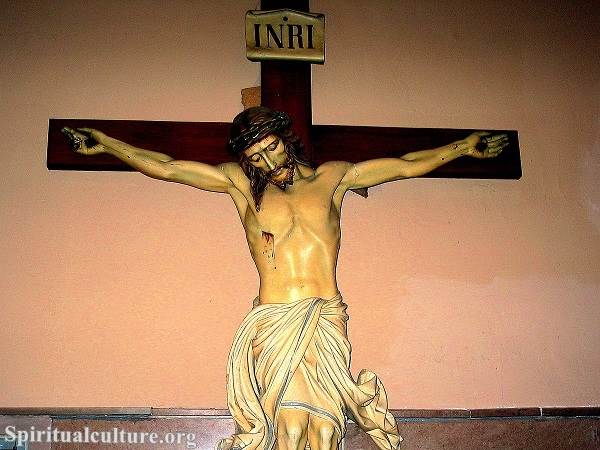This six-pointed star, composed of two interlocking triangles, is a profound emblem that carries deep historical, religious, and cultural significance. Let’s delve into the world of Judaism to explore the roots and meanings of the Star of David.
Judaism and the Star of David
Judaism, one of the world’s oldest monotheistic religions, has a rich tapestry of symbols and icons, among which the Star of David stands out prominently. However, unlike the Menorah, which has explicit mentions in the Torah, the origins of the Star of David are not clearly outlined in Jewish religious texts. Despite this, it has been adopted and embraced by the Jewish community worldwide and has become a symbol of Judaism.
Historical Context
The Star of David, despite its ubiquitous presence in modern Jewish life, was not always a primary symbol of Judaism. Its usage in Jewish contexts is sporadic in the early centuries, with the first known Jewish usage only traced back to the 3rd or 4th century AD in a synagogue in Capernaum.
The Star of David gained prominence in the Middle Ages, particularly in the 14th century, when the Jewish community of Prague started using the symbol on their flag. The Jewish mystics of the time, the Kabbalists, saw the hexagram as a potent symbol of God’s rule over the universe in all six directions: north, south, east, west, up, and down. It was from this period that the Star of David began to be associated with Judaism on a larger scale.
Symbolic Meaning
The Star of David is rich with symbolic interpretations. The interlocking triangles can represent the reciprocal relationship between the Jewish people and God. The upward-pointing triangle could symbolize the divine reaching down to the earth, while the downward-pointing triangle could signify human prayers reaching up to the divine.
In Kabbalistic teachings, the Star of David symbolizes the union of opposites and the harmony of diverse elements. It is seen as a representation of the merging of male and female, fire and water, and heaven and earth.
The Star of David in Modern Times
In the 19th century, the Star of David was adopted by the Zionist movement, a political movement advocating for the re-establishment of a Jewish homeland. The symbol was then incorporated into the flag of Israel when the country was established in 1948, cementing its status as a symbol of Jewish identity and Judaism.
Moreover, during the Holocaust, the Nazis forced Jews to wear a yellow Star of David as a mark of identification, a tragic and painful chapter in Jewish history. Today, the Star of David is worn proudly by Jews worldwide as a symbol of their resilience, identity, and enduring faith.
In Conclusion
The Star of David, while not originating from biblical times, has grown to be a powerful symbol for Judaism and Jewish identity. It is a symbol that carries a wealth of historical, religious, and cultural significance, representing not only the Jewish faith but also the strength and resilience of the Jewish people. Whether engraved on a synagogue, imprinted on an Israeli flag, or worn as a piece of jewelry, the Star of David continues to shine brightly as a beacon of Jewish heritage and faith.


